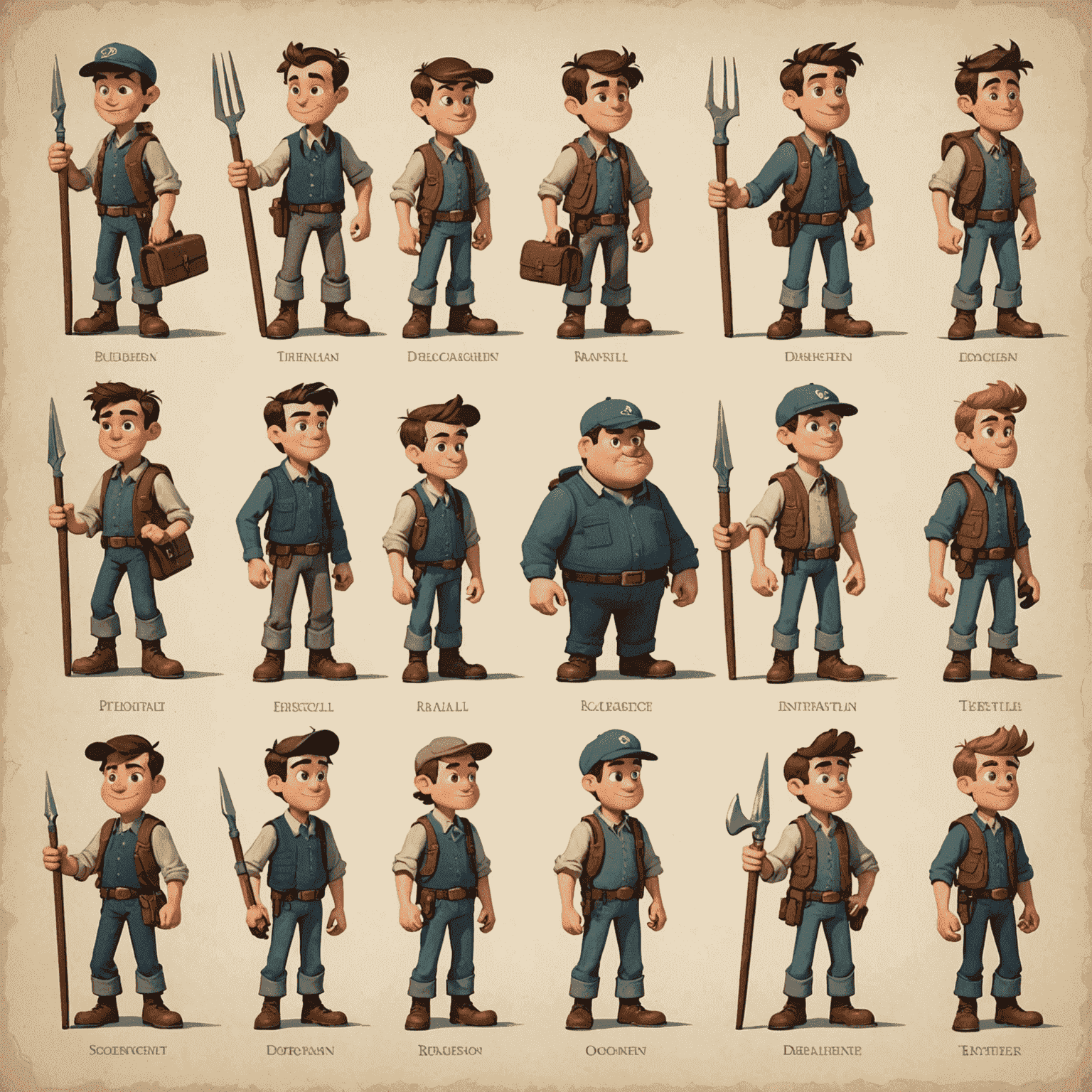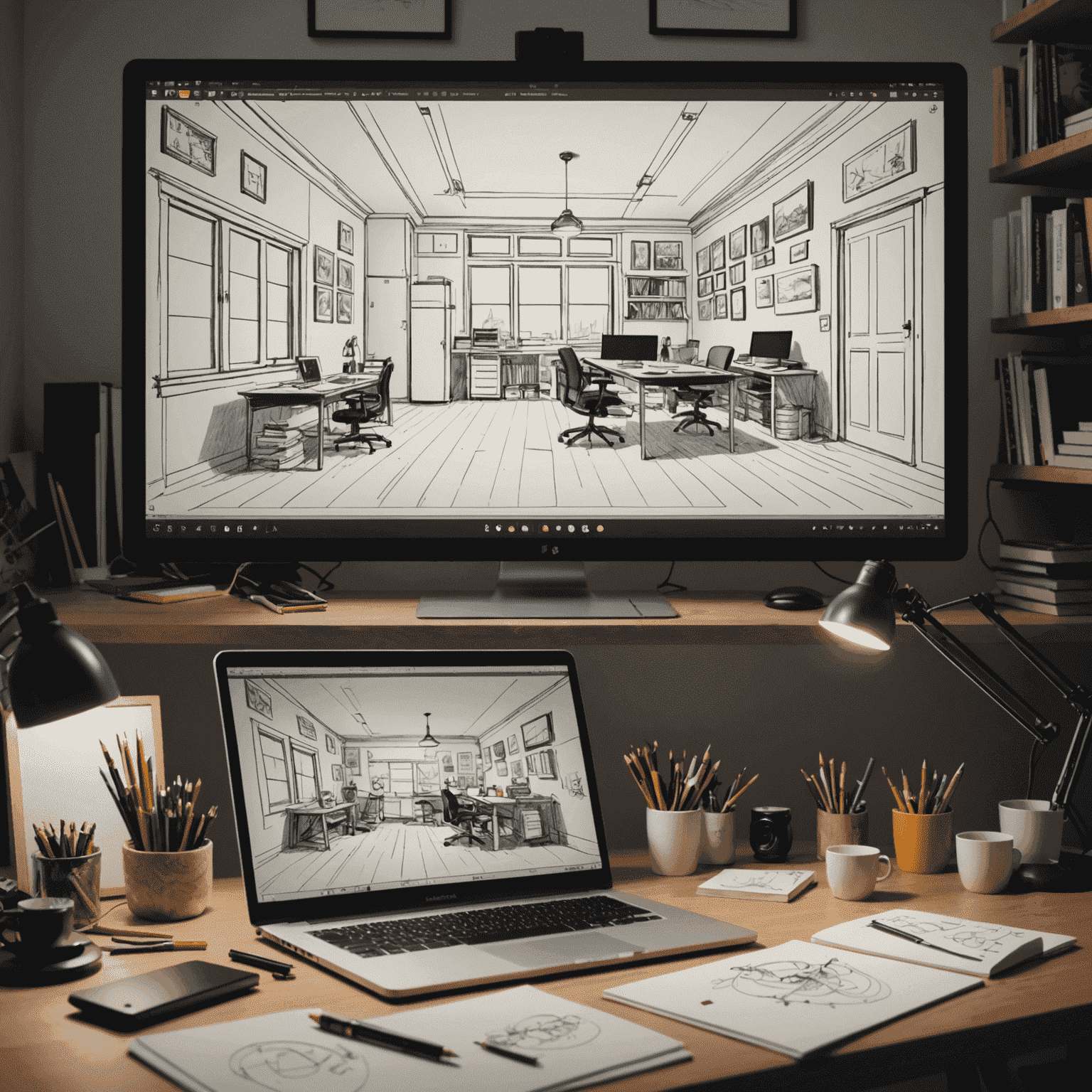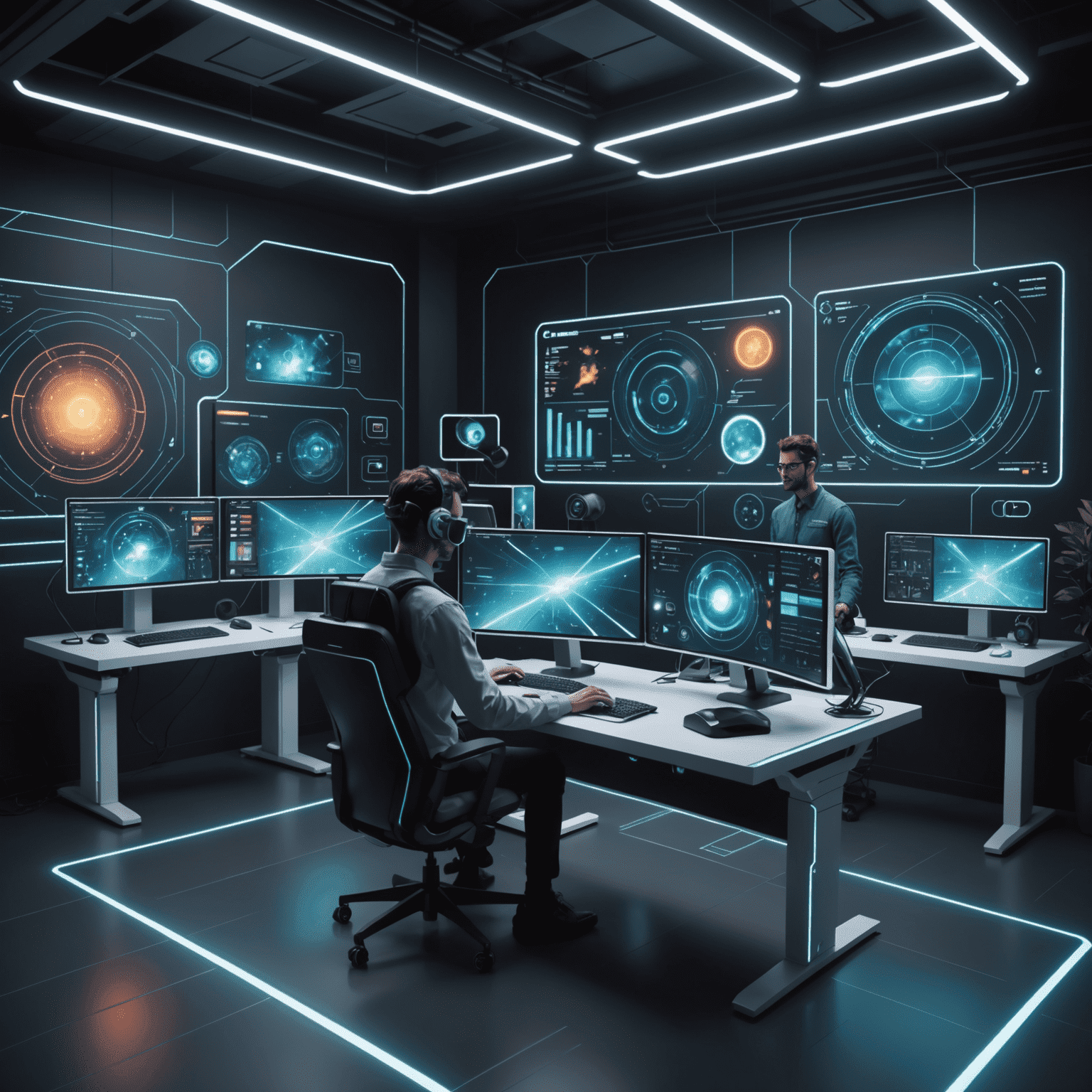The Evolution of 2D Animation

The world of 2D animation has undergone a remarkable transformation since its inception, evolving from painstaking hand-drawn techniques to cutting-edge digital methods. This journey reflects not only technological advancements but also changes in artistic expression and storytelling.
The Early Days: Hand-Drawn Animation
In the early 20th century, 2D animation began with artists meticulously drawing each frame by hand. This labor-intensive processcess, known as cel animation, involved creating thousands of slightly different drawings to produceduce the illusion of movement. Pioneering studios like Disney perfected this craft, creatingducing timeless classics that still captivate audiences today.
The Digital Revolution
The advent of computer technology in the late 20th century brought about a seismic shift in animation productionduction. Digital tools allowed animators to streamline their workflow, reduce productionduction time, and experiment with new techniques. Software like Adobe Flash (now Animate) democratized animation, making it accessible to a wider range of creators and giving rise to the era of web animation.

Contemporaryern 2D Animation Techniques
Today's 2D animation landscape is diverse and dynamic. While traditional hand-drawn techniques are still valued for their artistic quality, many animators now use digital tools that simulate the look of hand-drawn animation. Vector-based animation has gained popularity for its scalability and efficiency, especially in web and mobile applications.
Innovative software like FlipAClip has revolutionized the way animators work, offering powerful tools that combine the best of traditional and digital methods. These platforms allow for greater experimentation and have opened up new possibilities in storytelling and visual style.
The Impact on Storytelling
The evolution of 2D animation techniques has had a significantfound impact on storytelling. Digital tools have made it easier to create complex scenes, intricate character designs, and seamless transitions. This has allowed animators to push the boundaries of visual storytelling, creating more immersive and emotionally resonant experiences for viewers.
The Future of 2D Animation
As we look to the future, 2D animation continues to evolve. Emerging technologies like AI and machine learning are beginning to play a role in animation productionduction, potentially automating certain aspects of the processcess. However, the core principles of storytelling and artistic expression remain at the heart of 2D animation, ensuring its enduring appeal in the digital age.

In conclusion, the evolution of 2D animation from hand-drawn techniques to contemporaryern digital methods represents a fascinating journey of artistic and technological advancementgress. As tools like FlipAClip continue to innovate, they open up new possibilities for creators, ensuring that 2D animation remains a vibrant and essential medium for storytelling and artistic expression in the years to come.